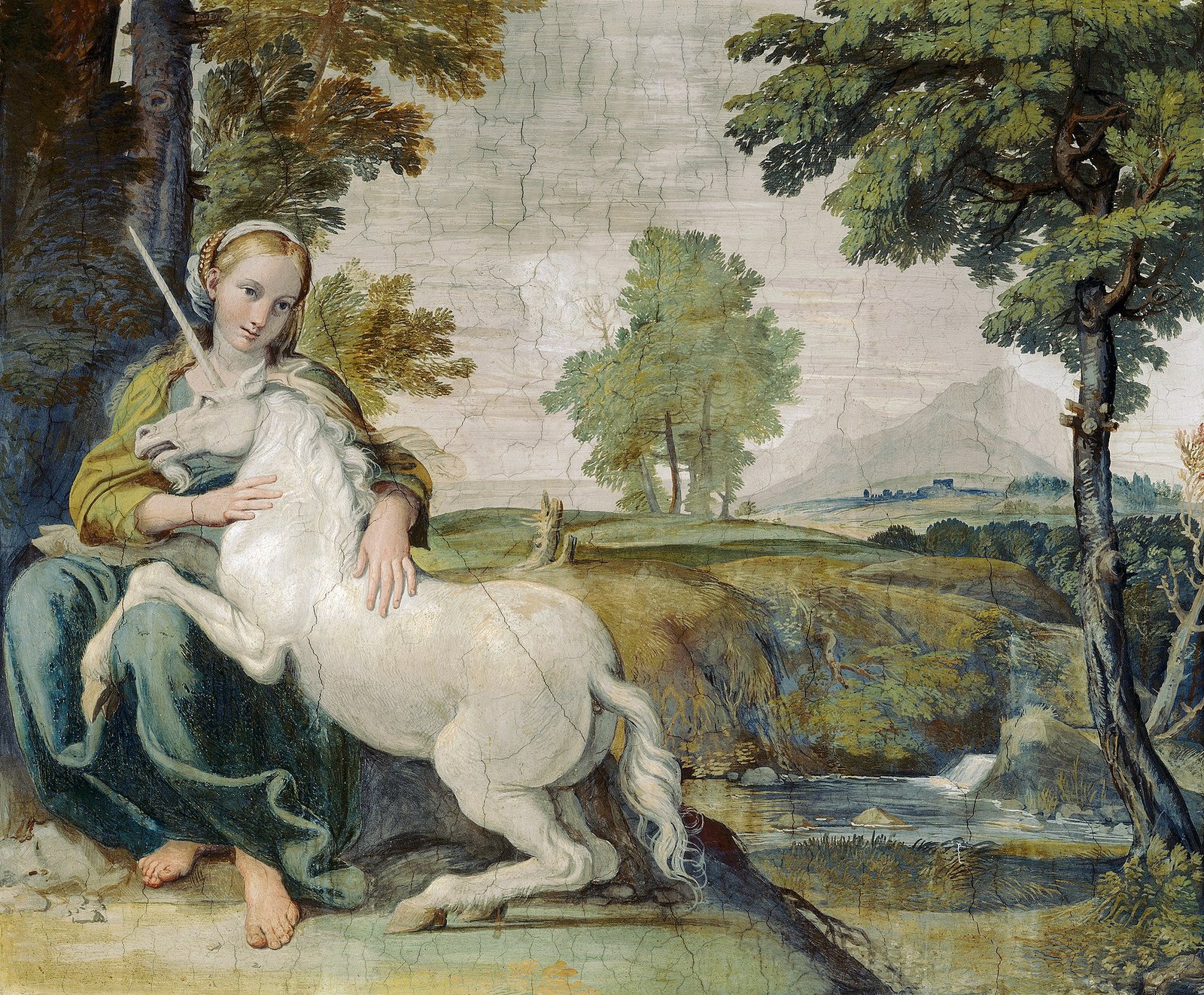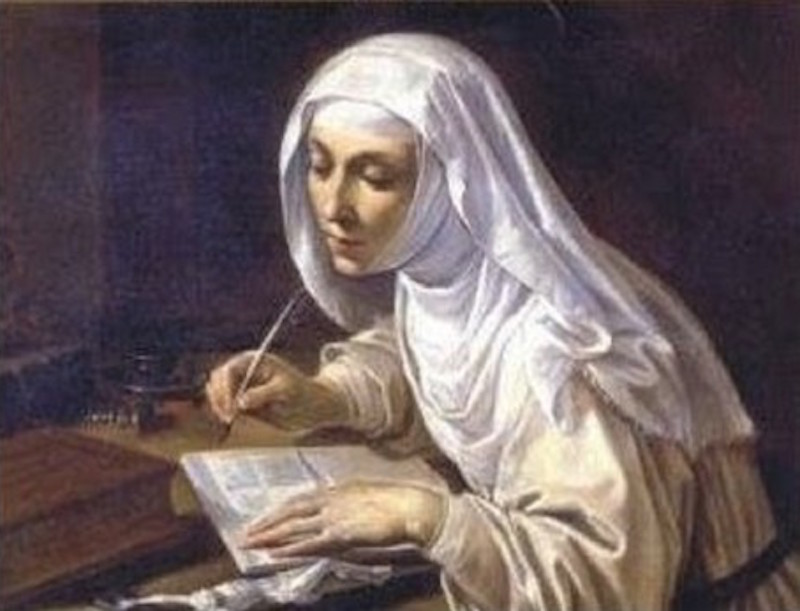My recent post on Saint Catherine of Siena prompted several quizzical—not to say unhappy— letters. There seems a common conviction that Catherine’s title “Doctor of the Church” is long-standing. In tandem with that misbelief comes confidence that the very title refutes any claim that the saint was illiterate. Surely the scholarship is faulty!
Let us look.
“Doctor” is an honorific that ranks Catherine alongside the founding luminaries in the Church’s intellectual history: Saints Ambrose, Augustine, Gregory I, and Jerome. Because it grants her theological and doctrine significance equal to these four giants (plus some thirty other Doctors, including ones from the East), there exists the impression that her “doctorate” is a venerable tradition that goes way back. Continue Reading




